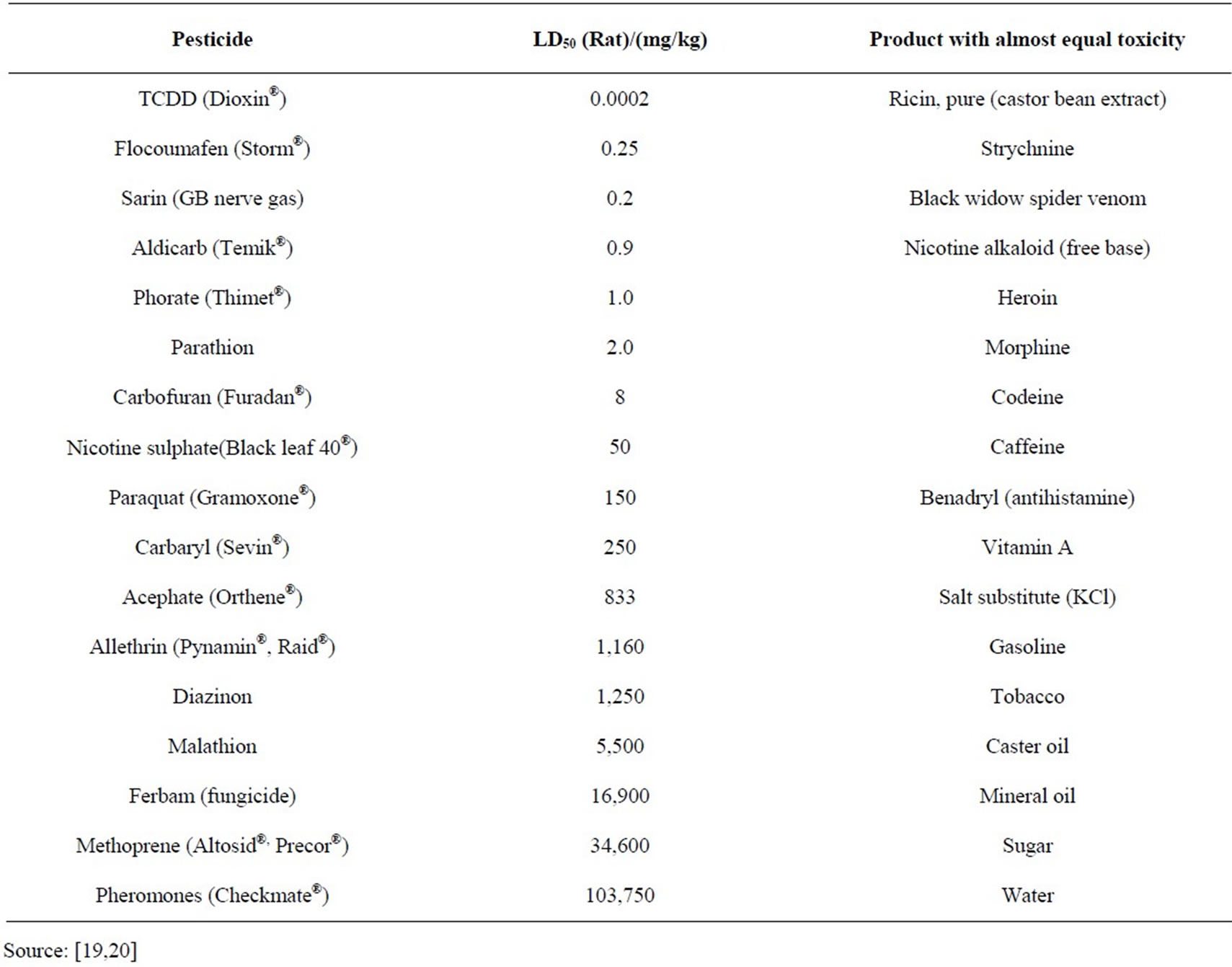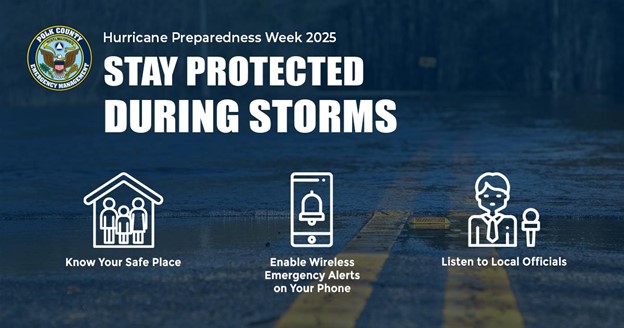Report on Desalination Membrane Research and its Impact on Sustainable Development Goals
1.0 Introduction
A recent scientific discovery has identified a critical oversight in the characterization of water desalination membranes, revealing that their physical structure changes significantly when hydrated. This finding has profound implications for the efficiency of desalination technology and directly supports the achievement of several United Nations Sustainable Development Goals (SDGs), most notably SDG 6 (Clean Water and Sanitation). With the World Health Organization reporting that one in four people globally lack access to safe drinking water, innovations that enhance water purification are critical for global sustainability and equity.
2.0 Key Scientific Findings
The core of the discovery, reported by researchers from Technion — Israel Institute of Technology and the University of Texas at Austin, centers on the behavior of purification membranes under operational conditions.
- Oversight in Historical Analysis: Researchers have historically studied desalination membranes exclusively in their dry state, failing to capture their properties during real-world application.
- Structural Change upon Hydration: Advanced imaging revealed that the membranes, which are approximately 200 nanometers thick, swell by at least 30% when wet.
- Impact on Performance: This hydration-induced swelling reorganizes the membrane’s internal architecture, which directly affects its efficiency in filtering salt from seawater.
3.0 Research Methodology
The findings were made possible through the application of advanced imaging technologies that allowed for the observation of membranes in their natural, hydrated state for the first time.
- Cryogenic Electron Microscopy: This technique was used to examine membranes in a chilled, hydrated state, preserving their operational structure.
- Tomography: Researchers utilized tomography to generate detailed spatial maps of the hydrated membranes, revealing structural details not visible with conventional microscopy.
4.0 Implications for Sustainable Development Goals (SDGs)
This technological advancement provides a direct pathway to addressing several interconnected SDGs by improving the sustainability and accessibility of freshwater production.
- SDG 6: Clean Water and Sanitation: The primary impact is on Target 6.1, which aims for universal and equitable access to safe and affordable drinking water. More efficient membranes can lower the cost of desalination, making clean water more accessible to water-scarce communities.
- SDG 7: Affordable and Clean Energy: Enhanced membrane performance reduces the energy required for the desalination process. This contributes to Target 7.3 (improving energy efficiency) and makes water production more sustainable.
- SDG 9: Industry, Innovation, and Infrastructure: The research represents a fundamental innovation (Target 9.5) that provides a blueprint for developing next-generation water infrastructure that is more efficient and resilient.
- SDG 12: Responsible Consumption and Production: By improving the efficiency of turning seawater into freshwater, this innovation promotes the sustainable management and efficient use of natural resources (Target 12.2).
- SDG 14 & 15: Life Below Water and Life on Land: Creating a reliable source of desalinated water reduces the need to extract water from natural sources. This helps protect and restore freshwater ecosystems such as rivers and wetlands (Target 15.1) and mitigates pressure on marine environments.
5.0 Conclusion and Future Outlook
The discovery that desalination membranes behave differently when wet provides a foundational blueprint for engineering more effective and energy-efficient water purification systems. While a timeline for commercial implementation has not been specified, these insights empower water treatment companies to develop superior membranes. This advancement is a significant step toward enhancing global water security and achieving equitable water access for all, a cornerstone of the 2030 Agenda for Sustainable Development.
Analysis of the Article in Relation to Sustainable Development Goals (SDGs)
1. Which SDGs are addressed or connected to the issues highlighted in the article?
-
SDG 6: Clean Water and Sanitation
The article’s primary focus is on improving desalination technology to produce clean drinking water. It directly addresses the global water crisis, stating that “1 in 4 people worldwide don’t have clean water to drink,” and highlights the technology’s role in achieving “equitable water access for all.”
-
SDG 7: Affordable and Clean Energy
The article connects the advancement in desalination membranes to energy efficiency. It states that “Better membrane performance equals less energy needed for operations,” which would lower costs and contribute to the goal of more sustainable energy use.
-
SDG 9: Industry, Innovation, and Infrastructure
The core of the article is a scientific discovery and technological innovation. It describes how researchers from Technion and the University of Texas at Austin used “advanced imaging technology” to uncover a “huge oversight in water desalination technology,” providing a “blueprint for next-generation designs.” This directly relates to enhancing scientific research and upgrading technological capabilities.
-
SDG 15: Life on Land
The article points out the environmental co-benefits of improved desalination. It mentions that “Reliable freshwater production reduces pressure on natural water sources, which helps rivers and wetlands maintain healthier flows for wildlife,” thus contributing to the protection and restoration of freshwater ecosystems.
2. What specific targets under those SDGs can be identified based on the article’s content?
-
Target 6.1: Achieve universal and equitable access to safe and affordable drinking water for all.
The article directly supports this target by discussing a technological advancement aimed at making clean water more accessible and affordable. The text explicitly mentions the goal of “equitable water access for all” and addresses the needs of “communities facing water shortages.”
-
Target 6.4: Substantially increase water-use efficiency and ensure sustainable withdrawals and supply of freshwater.
The discovery is expected to lead to “better designs that produce clean drinking water more efficiently.” This increased efficiency in creating a new supply of freshwater directly contributes to addressing water scarcity and ensuring a more sustainable water supply.
-
Target 7.3: Double the global rate of improvement in energy efficiency.
The research aims to develop membranes that perform better while “using less energy.” This improvement in the energy efficiency of desalination plants is a direct contribution to this target, as desalination is an energy-intensive process.
-
Target 9.5: Enhance scientific research, upgrade the technological capabilities of industrial sectors.
The article is a clear example of this target in action. It details a scientific research breakthrough (“Researchers…made the discovery using advanced imaging technology”) that provides “the blueprint for next-generation designs,” directly aimed at upgrading the technology of the water treatment industry.
-
Target 15.1: Ensure the conservation, restoration and sustainable use of terrestrial and inland freshwater ecosystems.
By creating a reliable alternative source of freshwater, the improved technology “reduces pressure on natural water sources.” This helps in the conservation of inland freshwater ecosystems like “rivers and wetlands,” as mentioned in the article.
3. Are there any indicators mentioned or implied in the article that can be used to measure progress towards the identified targets?
-
Indicator 6.1.1: Proportion of population using safely managed drinking water services.
The article implies this indicator by stating its inverse: “1 in 4 people worldwide don’t have clean water to drink.” The success of the new technology would be measured by a decrease in this proportion, especially in regions adopting the improved desalination plants.
-
Implied Indicator for Energy Efficiency (related to 7.3.1): Energy consumption per unit of desalinated water.
The article repeatedly mentions that the goal is to use “less energy.” Progress can be directly measured by tracking the reduction in energy (e.g., kilowatt-hours) required to produce a cubic meter of clean water using the new membranes compared to existing ones.
-
Implied Indicator for Water Scarcity (related to 6.4.2): Reduction in withdrawals from natural freshwater sources.
The article suggests that a key benefit is to “reduce pressure on natural water sources.” Progress could be measured by monitoring the level of water stress in regions that implement this technology, specifically by tracking if the reliance on and withdrawal from rivers, lakes, and aquifers decreases.
4. Summary Table of SDGs, Targets, and Indicators
| SDGs | Targets | Indicators |
|---|---|---|
| SDG 6: Clean Water and Sanitation | 6.1: Achieve universal and equitable access to safe and affordable drinking water for all. | 6.1.1: Proportion of population using safely managed drinking water services (Implied by the statistic “1 in 4 people worldwide don’t have clean water to drink”). |
| SDG 7: Affordable and Clean Energy | 7.3: Double the global rate of improvement in energy efficiency. | Implied: Energy consumption per unit of desalinated water (Supported by the phrase “using less energy”). |
| SDG 9: Industry, Innovation, and Infrastructure | 9.5: Enhance scientific research, upgrade the technological capabilities of industrial sectors. | Implied: Adoption of new, more efficient desalination membrane technology by the industry. |
| SDG 15: Life on Land | 15.1: Ensure the conservation, restoration and sustainable use of terrestrial and inland freshwater ecosystems. | Implied: Reduction in withdrawals from natural freshwater sources like rivers and wetlands. |
Source: yahoo.com







